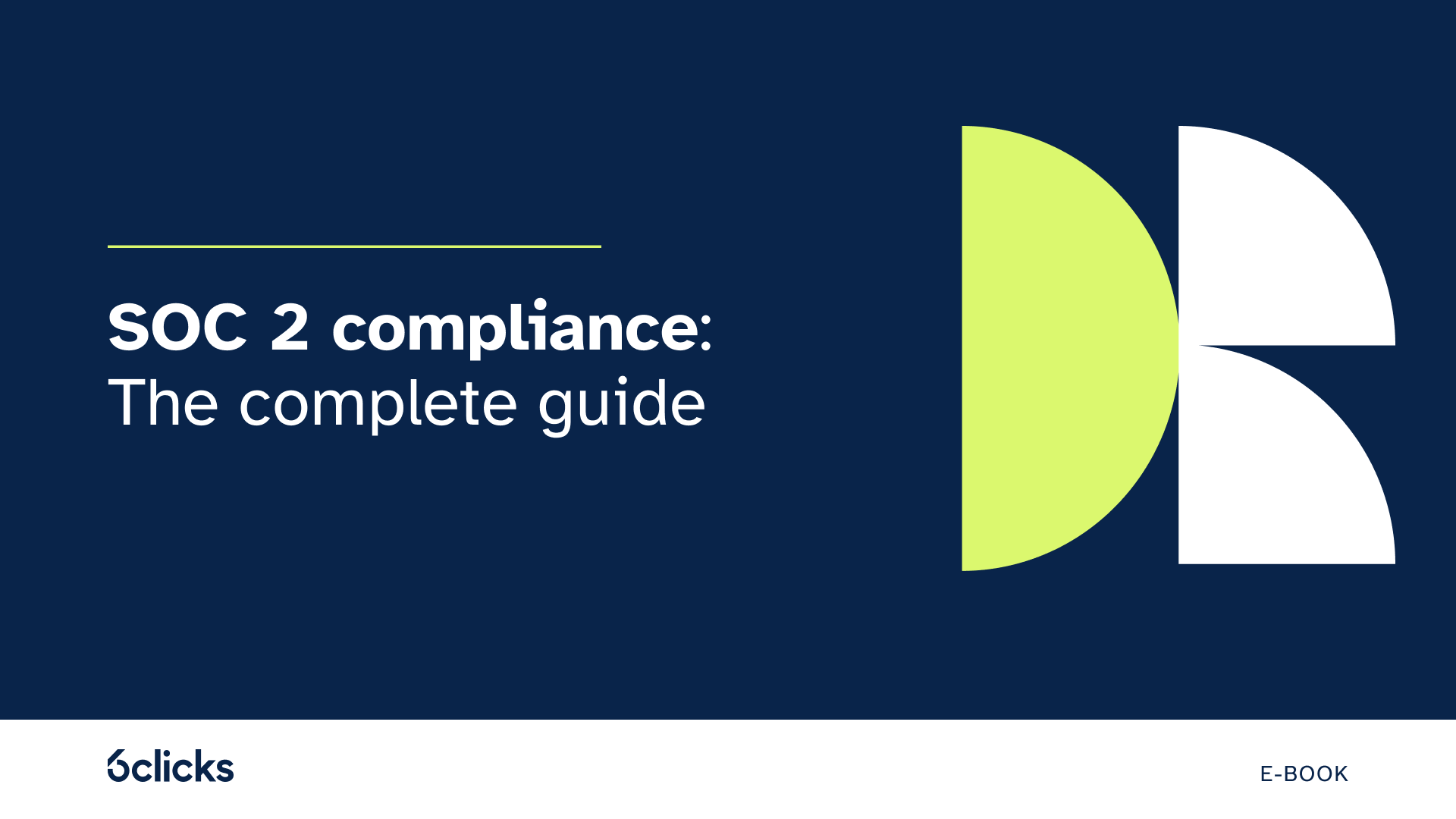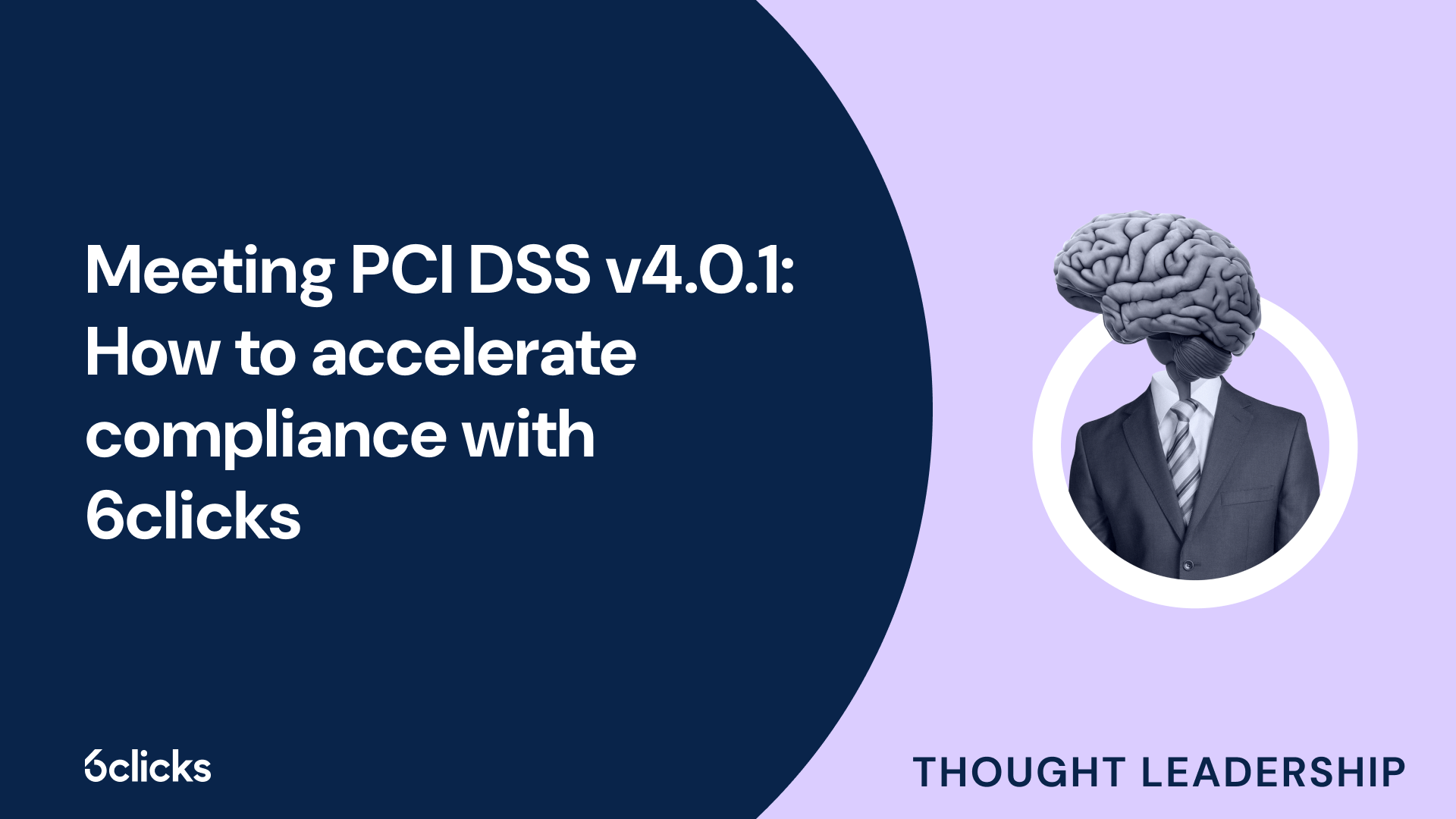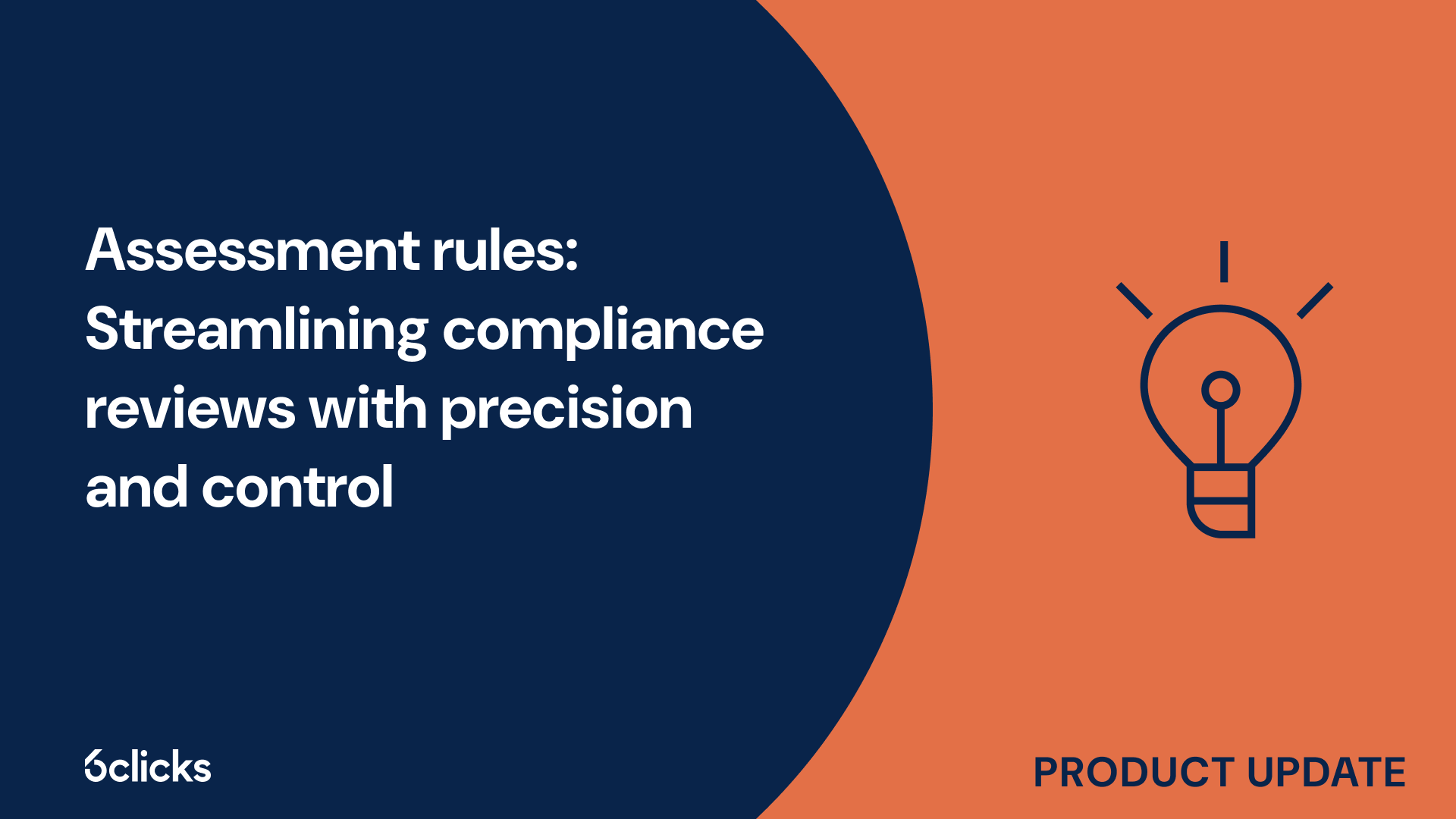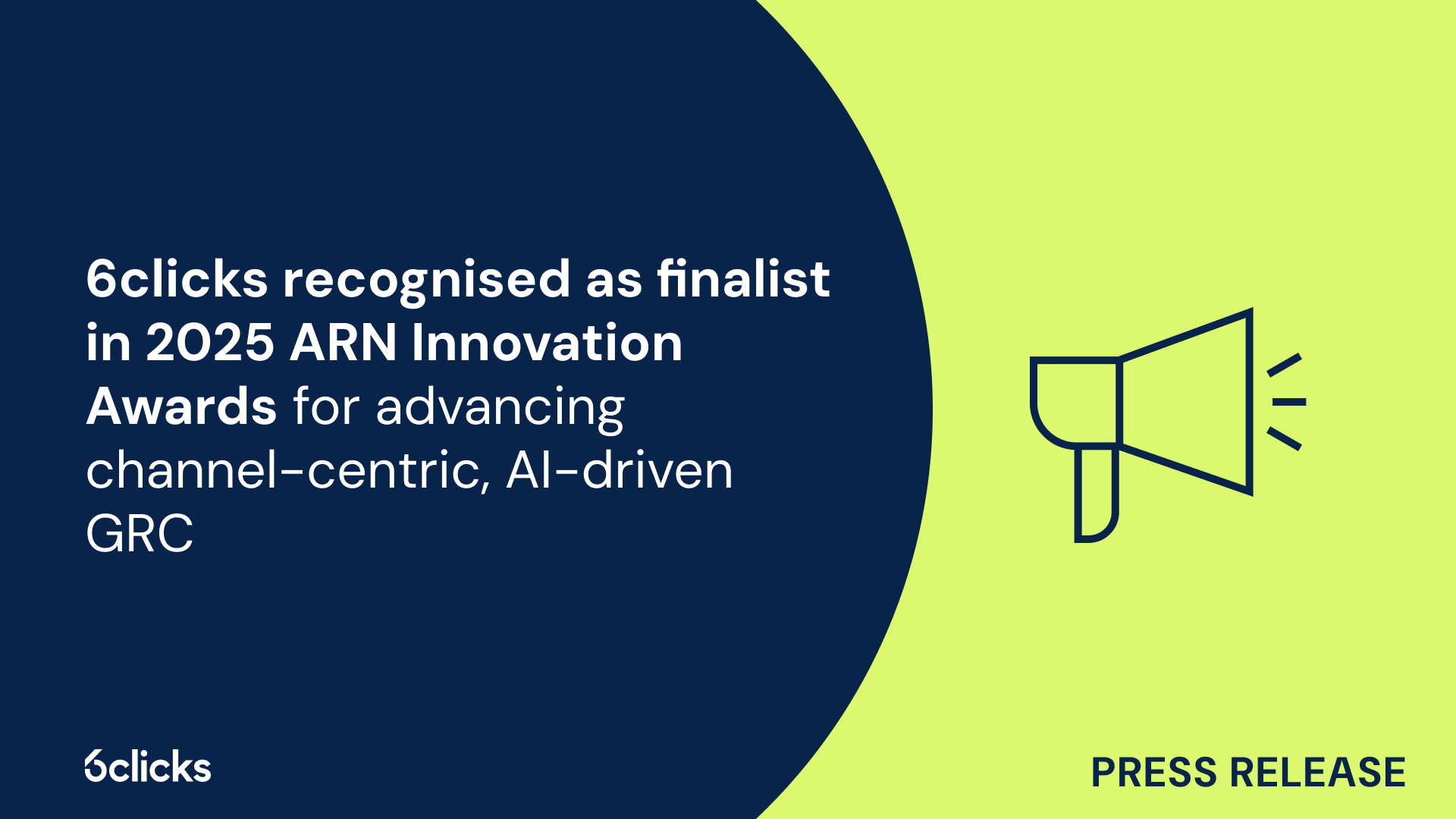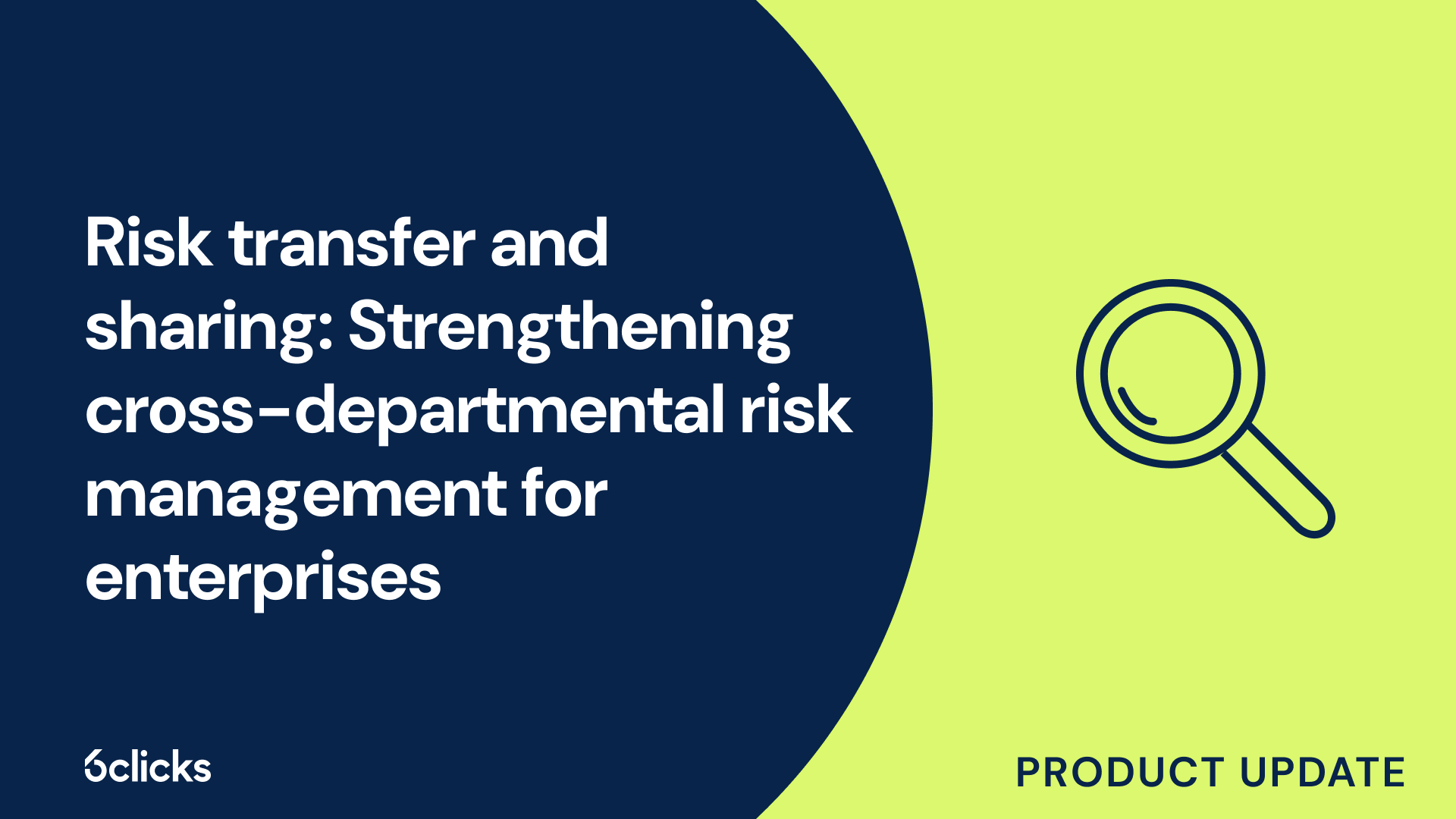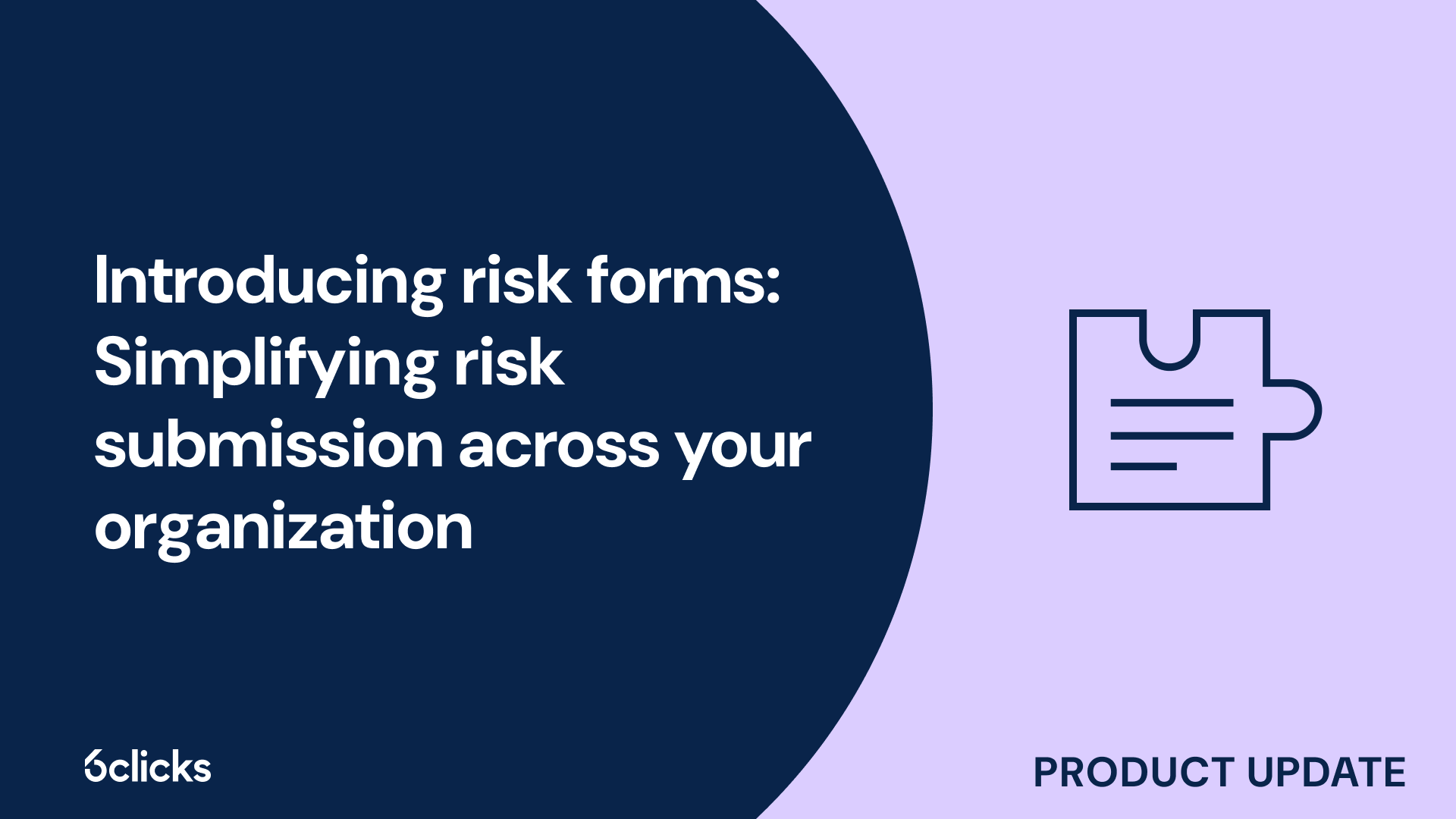Cyber resilience with NIST CSF in 2025
Master cyber resilience in 2025 with this expert guide to the NIST Cybersecurity Framework. Learn how to assess risk, improve security posture, and automate compliance with AI-powered solutions from 6clicks.
-1.png?width=200&height=249&name=Group%20193%20(1)-1.png)
Cyber resilience with NIST CSF in 2025
What are NIST CSF Tiers and how do they measure cybersecurity maturity?
TL;DR: NIST CSF Tiers are benchmarks that help organizations evaluate and communicate their cybersecurity maturity—ranging from partial (Tier 1) to adaptive (Tier 4)—based on risk awareness, governance, and integration.
As covered in the 6clicks guide Cyber Resilience in 2025: Your Smart Guide to NIST CSF, Tiers provide a structured way to assess and articulate how mature and integrated your cybersecurity practices are across the organization.
Tiers are not compliance levels, but rather indicators of how well cybersecurity risk is understood, managed, and integrated into business decision-making.
They are most useful when used in combination with Organizational Profiles, to help define a clear and actionable roadmap to resilience.
The four NIST CSF 2.0 Tiers
-
Tier 1: Partial
-
Cyber activities are ad hoc or reactive
-
Little risk awareness across the business
-
Minimal oversight or formal governance
-
-
Tier 2: Risk Informed
-
Some risk management processes exist
-
Security practices are in place but inconsistent
-
Limited integration with enterprise priorities
-
-
Tier 3: Repeatable
-
Formal cybersecurity policies and processes exist
-
Risk management is proactive and measurable
-
Governance is well-defined and resourced
-
-
Tier 4: Adaptive
-
Cyber practices are continuously improving
-
Decisions are driven by real-time data and intelligence
-
Governance is fully embedded in strategic decision-making
-
Why Tiers are useful for cybersecurity maturity
-
Benchmarking
Tiers provide a common language to compare across business units, partners, or regulatory expectations. -
Roadmapping
Help set realistic and tailored goals for cyber improvement. -
Resource justification
Show stakeholders where investment is needed and what impact it will deliver. -
Program evolution
Guide transition from tactical security to strategic resilience.
Need help benchmarking and improving your cybersecurity maturity?
Book a demo with 6clicks today to see how our platform automates Tier assessments, maps maturity to business risk, and tracks improvements over time.




